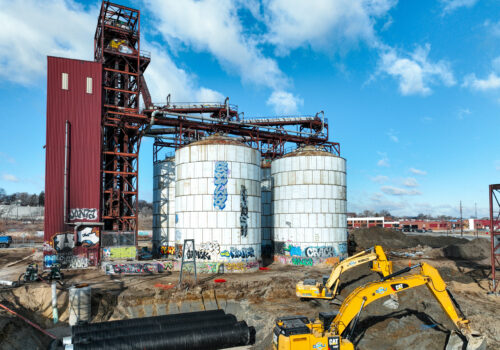News / November 17, 2016
How to Fight Snow and Ice Without Polluting

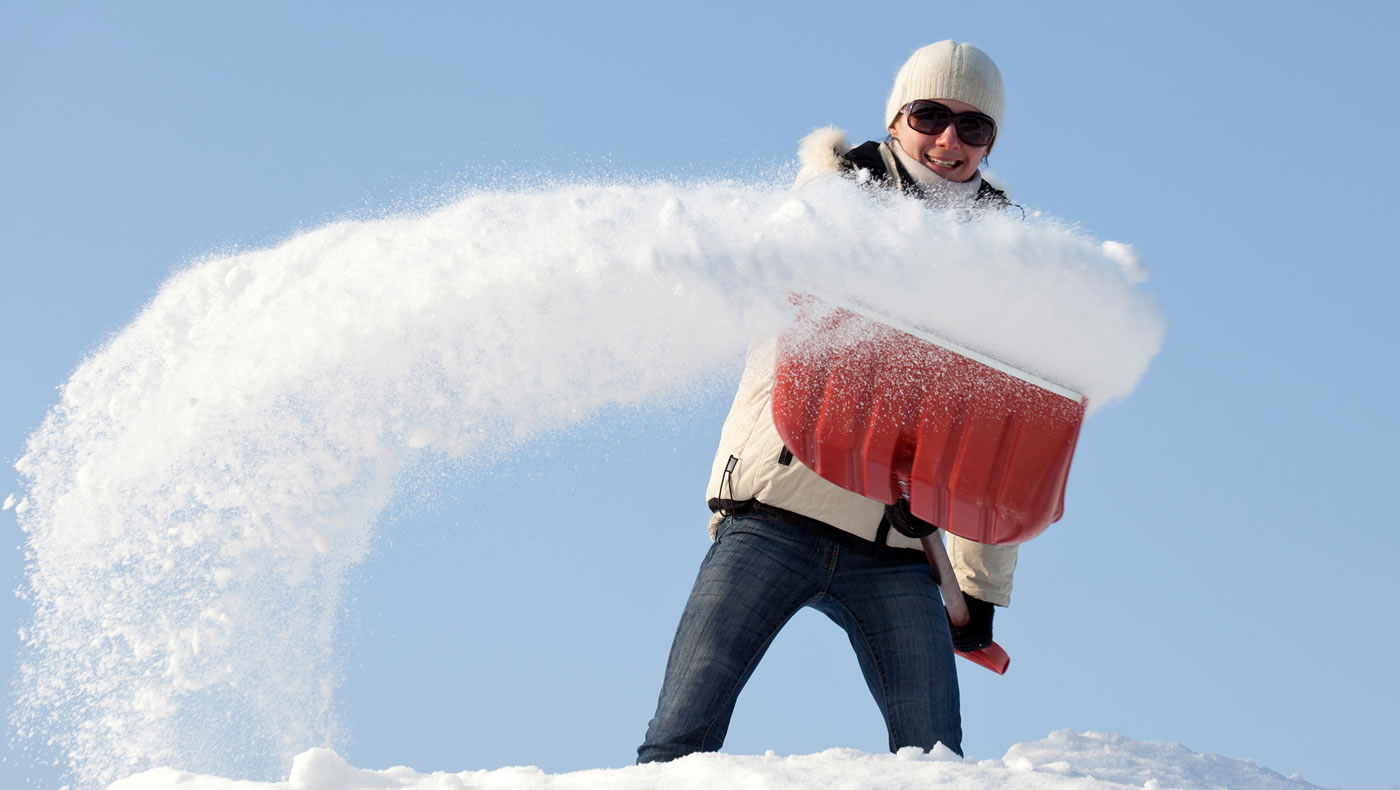
I was recently cleaning out my garage and came across a container of a certain “environmentally safe” ice-melt product. I bought it years ago — long before I started working in the watershed world. At the time, I probably thought I was being a responsible consumer, buying some premium-quality pellets that could melt the ice on my sidewalk without creating needless pollution.
What I know now is that there is no such thing. All road salt and deicer products create pollution. They’re bad for plants, animals, water quality — not to mention buildings, bridges, clothes and your front doormat.
More to the point, salts and many deicers contain chloride, which is toxic to things that live in our rivers, lakes and wetlands. In Minnesota alone, 47 waterbodies and groundwater supplies are already known to be impaired for chloride. Most of this comes from the salt and deicers that MnDOT, cities and counties use to keep ice off of our roadways.
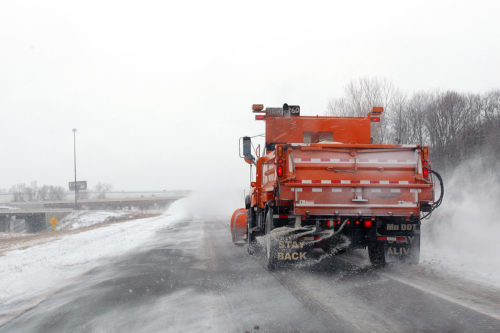
Salting our roads is a deal with the devil. There’s no question that it cuts down on ice and makes it easier for us to get from point A to point B in the winter, but we pay a big environmental price for it. Chloride is virtually impossible to remove from a waterbody. In the spring, when the snow and ice melts and all that salty runoff washes down the storm drains, it ends up in our rivers and lakes and stays there — permanently.
It doesn’t take much salt to create a problem, either. Just one teaspoon of salt is enough to pollute five gallons of water forever. Do the math, and you’ll find that a single 10-pound bag of salt is enough to permanently pollute 3,000 gallons of water.
In recent years, public works agencies have begun providing new training and tools to help their snow plow crews apply salt and deicer more efficiently. These “smart salting” techniques are helping to minimize the environmental impact of chloride without compromising safety on our streets and highways. Winter maintenance professionals in the private sector are also learning these techniques, and the Minnesota Pollution Control Agency maintains a list of smart-salting certified contractors.
You can do your part to prevent chloride pollution by following these simple tips when maintaining your sidewalks and driveways this winter.
Shovel and Scrape First
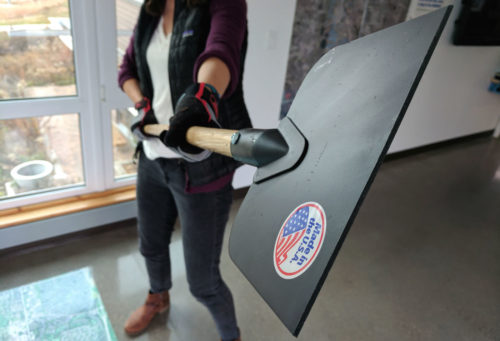
The best way to remove snow and ice is the old-fashioned way: with elbow grease. Shovel early and often during a snowstorm so that the snow doesn’t have time to become compacted and/or turn to ice. It might sound obvious, but the more snow you remove by shoveling or snow-blowing, the less ice you’ll have to deal with later.
Also, if you’re finding that your old metal push shovel with the bent, rusted edges isn’t cutting it anymore, it might be time to add some new tools to your arsenal. Your local hardware store is likely to carry a variety of push shovels, scoop shovels, ice chisels and ice scrapers. There are many types of snow, slush and ice, so having a couple of different tools on hand never hurts.
If It’s Too Cold, Don’t Use Salt
After you’ve shoveled, chiseled and scraped, you might find some stubborn patches of ice still just won’t go away. If you can’t remove it mechanically and you must use salt or sand, you should consider a few things first.
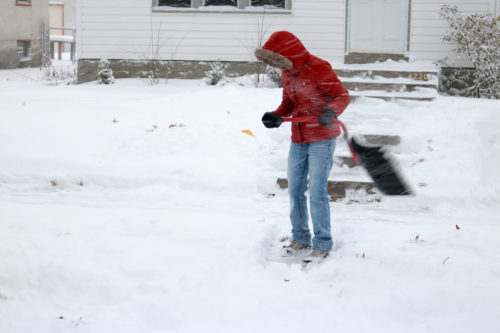
Before you do anything, check the temperature. Salt and deicers only work in certain temperature ranges. Traditional road salt (sodium chloride) doesn’t work below 15 degrees F. Other products made of magnesium chloride, calcium chloride or urea have different melting temperatures, but the bottom line is that if it’s too cold, none of them will work.*
It’s important to note that winter weather in Minnesota follows a cruel, predictable pattern: the relatively warm temperatures during a snowstorm are typically followed by a big temperature drop. Unfortunately, this often renders salt and deicers useless. Read the label on your deicer product carefully to make sure it will work under the relevant weather conditions.
*Just to add a layer of complexity, the temperature range for deicers refers to pavement temperature, not air temperature. You’ll have to guesstimate unless you want to buy a fancy temperature gun.
Use Sand to Provide Traction
If you have a walkway covered in ice and it’s too cold for your salt or deicer product to work, you might be better off using sand.
Sand doesn’t melt the ice. Its job is to sit on top of the ice to provide traction. This makes it safer to walk or drive across icy pavements. Use it sparingly, however, as sand is also a pollutant. Much like road salt, it gets washed into storm drains in the spring and ends up adding sediment to rivers and lakes. You can help prevent this by sweeping up leftover sand and saving it for re-use.
It’s worth noting that mixing sand and salt together is practically useless, as they serve completely different purposes. Sand only works if it sits on top of the ice. If it’s warm enough that the salt is working, then the sand isn’t doing anything besides sitting on wet pavement.
If You Must Salt, Use as Little as Possible
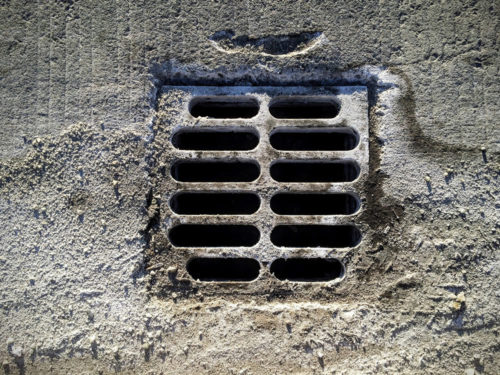
If you’ve cleared away all the loose snow and ice and it’s warm enough for the salt to do its job, then go ahead and apply it. Just remember that more salt does not equal faster melting — just more pollution and wasted money.
To avoid using too much salt or deicer, try to apply the proper amount of product for the size of the area you’re treating. There’s an easy way and a hard way to calculate this.
First, the easy way: shoot for a 3-inch spread between salt granules. That’s it. Try taking a few measurements initially to see how far your spread is; afterward, you’ll learn to eyeball it. If you can create a good spread pattern and memorize what it looks like, it will help you ensure that you use a reasonable amount of deicer every time. If you’re willing to spend $10-$20, a hand spreader can make the job a lot easier.
If you want to be even more exact, try to apply the equivalent of 4 pounds of salt or deicer per 1,000 square feet of pavement. Use a tape measure to figure out the square footage of the area you’re treating and then use this ratio to calculate how much salt or deicer you should use for that area.
And remember: If it’s a warm day and the sidewalk is wet, don’t use any deicers. The sun is already doing the job for you, and throwing salt onto the ice isn’t going to hurry the process; it’s just going to send deicer down the storm drains.
Watch and Learn
If you’re ready to take your winter maintenance skills to the next level, watch our video filled with handy tips and demonstrations:
Learn More
A few more resources for those who want to dig deeper:
- Environmental concerns about road salt (MPCA)
- Be Salt WIse! (wisaltwise.com)
- Winter (Snow and Ice Control) Training (MWMO)




